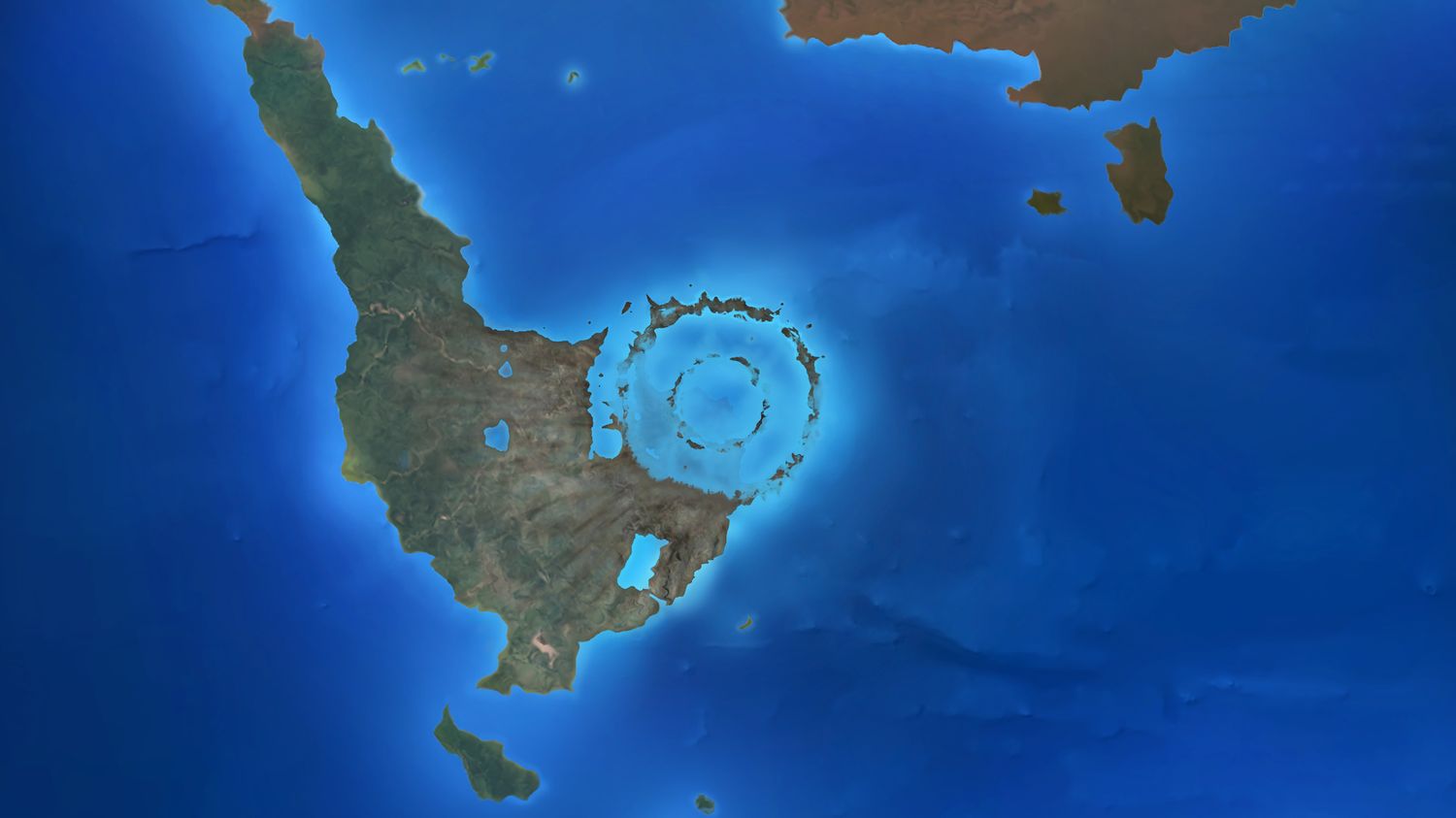Belgian researchers publish the results of their work in the American journal “Nature Geoscience”. They say pulverized silicate rock formed the great cloud that followed an asteroid’s collision with Earth and blocked the sun’s rays 66 million years ago, plunging the world into an endless winter.
Published
Reading time :
2 min

It is scientifically accepted that it all began 66 million years ago, when an asteroid hit the Earth near the Yucatán Peninsula in Mexico. This asteroid, at least 10 km in diameter, caused a very violent impact since the Chicxulub crater is 180 km wide and 20 km deep. Immediately, the collision killed surrounding life, and would have triggered an equally deadly tsunami. But this is not the direct cause of the extinction of dinosaurs.
When the asteroid crashed into Earth, debris was thrown out of the crater and formed a huge cloud that enveloped the planet. This cloud then blocked the sun’s rays, causing a drop in temperatures and therefore a very long winter causing the decline of the dinosaurs.
More sun, more life
The nature of this cloud has until now been debated. And this is where our Belgian researchers come in [leur étude dans Nature Geoscience]. We knew that the cloud had certainly been formed from burning debris, therefore soot, with also undoubtedly sulfur. Scientists from the Royal Observatory of Belgium have in turn highlighted the presence of very fine silicate dust, that is to say minerals also pulverized during the asteroid impact, ejected from the crater and in large quantities. By calculating models (called paleoclimatic simulations), researchers estimate that these very fine silicate dust could have remained in the atmosphere for up to 15 years later.
According to them, by blocking the sun’s rays, this dust would have caused the temperature to drop by 15 degrees and interrupted photosynthesis for two years. Consequence: fewer plants, which makes herbivores suffer. Little by little, the entire food chain slowly collapsed, with the dinosaurs at the forefront, especially the large dinosaurs which needed a lot of food to survive.
